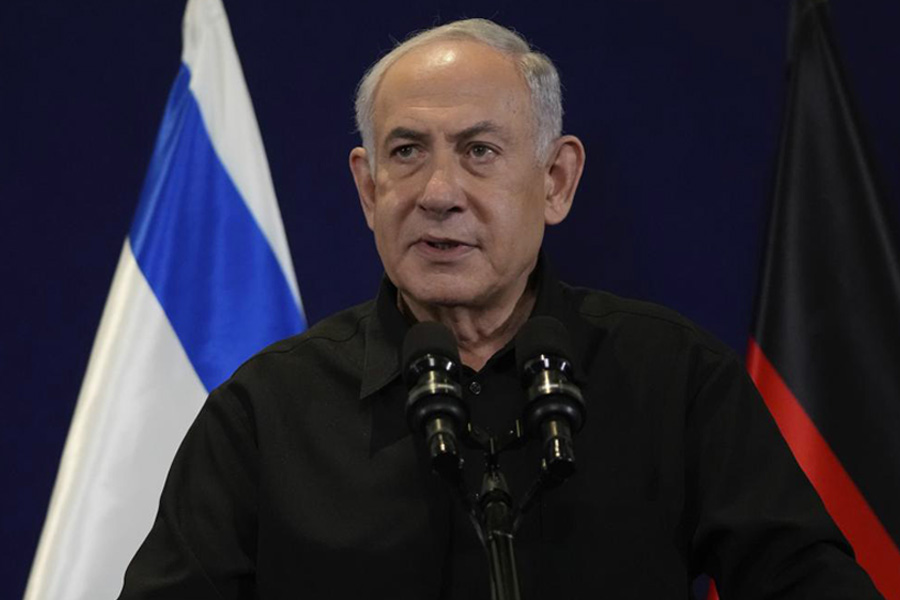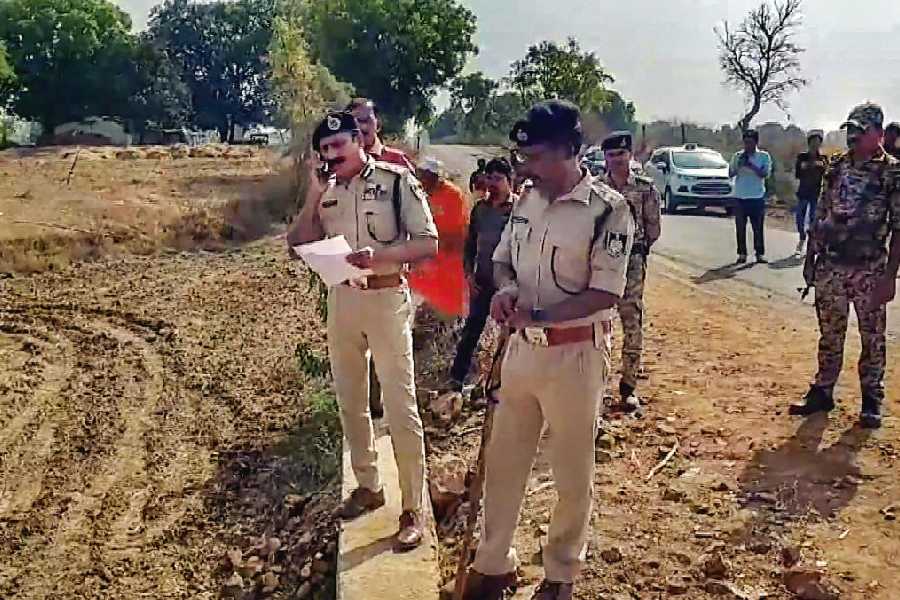With Mahendra Singh Dhoni announcing his international retirement, a Dhoni-sceptic-turned-devotee reflects on the providential career of Indian cricket’s most decorated leader. The hallmark of greatness is its tendency to be taken for granted, to make the world believe in its inevitability. To convince its audience that no matter the context, the circumstance or the characters, greatness will prevail in its challenges, almost always. For more than 15 years, Mahendra Singh Dhoni represented this exact greatness, frequently converting the impossible into the inevitable, calmly throbbing along as the beating heart of a sport that billions of Indians expect to be synonymous with success.
Against the odds
A mere 22 runs from his first four One Day international innings for India made grim reading for Dhoni. As someone who had just started following cricket as a kid, I took Dhoni for an aberration— an unrefined slogger in a pool of sophisticated Indian strokemakers. Haplessly run out for a duck on debut and dismissed through naive shot selection in the next few games, Dhoni seemed doomed to fail. I wondered why he had been preferred over the prodigious Parthiv Patel and the more aesthetically pleasing Dinesh Karthik.
Soon enough, I stopped wondering. And so did the rest of his doubters. In his fifth ODI, against Pakistan, Dhoni, promoted to bat at three by an apparently whimsical call from then skipper Sourav Ganguly, smashed a swashbuckling 148, rewriting records for an Indian wicket-keeper-batsman. A string of explosive, match-finishing knocks followed, as Dhoni launched an arsenal of missiles from his bat to demolish all questions surrounding his technique and temperament.
Dhoni was not conventionally improper, he just had his own skill set and style, which had been harnessed on the dusty fields of Ranchi instead of the rarefied academies of India’s metropolitan cities. Dhoni was not a carefree maverick who delighted in pummelling the bowling attack, but a calculated big-hitter who combined force and fearlessness with a demonstrable urge to control his own fate.
Breaking into the Indian team from the cricketing backwaters of Jharkhand in a generation of astoundingly gifted players, required daring and determination. Dhoni had plenty of both, plus the street-smartness that came with managing one of the world’s longest railway platforms. In making his journey from a ticket-collector to India’s latest superstar, Dhoni had proven that he was in charge of his own destiny. He alone would write his remarkable script.
Cricket's cerebral assassin
Farokh Engineer, often regarded to be India’s finest pair of hands behind the stumps, can never forget how Dhoni had introduced the veteran to his wife, Sakshi: “If this man were still playing cricket, I would still be stamping tickets in Kharagpur.”
Despite being the only captain to lift all the ICC limited overs’ championships — the World Cup, the World T20, and the Champions Trophy — and promoting everything from car batteries to data storage systems, Dhoni’s humility had not abandoned him at any point during a stellar career. His ability to be modest at the pinnacle of achievement was a small part of the larger psychological armoury that would cement his standing as the game’s sharpest cerebral assassin.
Dialling back in my mind to September 2007, I can recount how I had bitten off all my nails, and was baffled to see the look of composure that wrapped itself like a shield around the Indian captain. It was the occasion of the inaugural World T20 final at Johannesburg, with Misbah-ul-Haq on the verge of steering Pakistan to a famous victory. Dhoni, who had handed the ball in a bewildering move to Joginder Sharma for the last over, had barely emoted as Pakistan moved within striking distance of the title. Joginder was flustered, having conceded a wide and a six to begin the over. Not known for his lengthy advice to bowlers at the time, Dhoni decided to speak. He went up to Joginder, but instead of tactical suggestions, he preferred visceral motivation: “You have bowled so many overs in domestic cricket with such dedication. Don’t worry, cricket will not let you down now.”
The rest, of course, is history. Joginder dismissed Misbah by sticking to his favoured line and length, and India were world champions. Knowing what field to set, which bowler to deploy, and how to inspire the bowler just when it was needed, Dhoni had shown that he was always a step ahead. In the midst of madness at the Wanderers Stadium, as he would be so often thereafter, Dhoni was the monk with the Midas touch.
The myth precedes the man
No single image encompasses the aura around Dhoni better than the shot of his eyes as he hit the World Cup-winning six at the Wankhede Stadium in April 2011. His unflinching gaze, as it tracked the flight of the ball into the stands, symbolised his obsession with the entire process of his profession. Whereas others would have blinked in ecstasy, Dhoni did not lose sight of the ball, even when glory was guaranteed.
Over the years, Dhoni’s triple act as wicket-keeper-batsman-captain involved dealing with pressure on a daily basis. But Dhoni had learnt to make pressure his oxygen. Taking a match deep had become his trademark, for he was aware that the one who cracked under stress earlier would be the one who lost. Faced with Dhoni’s shovel-esque bat and computer-esque brain, it was his opponents who invariably panicked first.
But the aura of Dhoni was much more than the towering last-ball sixes, the acrobatic stumpings, and the no-look run-outs. It also included the breathless singles and doubles he ran like no one else, the tidbits of wisdom he provided (deliberately in Hindi!) to young bowlers in between deliveries, the team meetings before crunch games that would last a few seconds, his refusal to hog the limelight during trophy presentations and the insistence to play in the essence of a gentleman. Moments before a crucial IPL clash with Royal Challengers Bangalore, Michael Hussey stunningly recalls what Dhoni had told his Chennai Super Kings team as they huddled up: “Right guys, big game today against RCB, but the fair play award is really important to me. We’ve got to make sure we play the game in the right spirit.”
Integrity was paramount for Dhoni, which made it all the more ironic that he would stay silent when accusations of match-fixing rocked the IPL in 2015, leading to a two-year ban for CSK. Dhoni’s name was floated among the list of the corrupt and the complicit, though without any foolproof evidence. I was disgruntled to see Dhoni stick to his media-shy reluctance in the face of mounting opprobrium, but just like the times when critics castigated him for his defensive strategies in Test cricket or blamed him for sidelining senior players and practising favouritism, Dhoni was impervious to what others said or felt about him. This, too, after all, was part of the aura of the man. Dhoni did not like to be known, listened to, and understood; and not even his biopic in 2016 could answer the most urgent questions surrounding his enigma, both on and off the field.
Owning the moment
Earlier this year in April, I was working on a documentary project as part of my media course in the United Kingdom when my Irish friend and project partner decided to show me something his brother had got for him from India as a gift. It was not a book on Mahatma Gandhi or a collection of Indian spices or some intricate item of indigenous art. It was a jersey, a shirt bearing the number seven and the name Dhoni. Some 5,000 miles away from home, I was reminded once more of the overwhelming appeal of Dhoni, his continued relevance as an emblem of India.
When I first saw people sharing Dhoni’s Instagram post on August 15, I mistook it for some fan footage, roughly edited with a clever caption. Then I visited his profile, and assured of its authenticity, watched the full video, which coalesced all his significant moments in Indian colours, both good and bad. Then I watched it again and again and again.
Dhoni had done it once more. Once more, he had taken the world by surprise. While I knew that with the postponement of the World T20 his hopes of returning to the Indian team were all but over, I did not foresee such an ending. Instead of a farewell game or a press conference, Dhoni chose an Instagram montage to say goodbye, an eerily appropriate Bollywood song picturised on one of the three people he follows on the social media platform — Amitabh Bachchan, (the other two being his wife and daughter), summing up what Dhoni may have always felt, but never verbalised.
The man who had toyed with time on the pitch — slowing it down with his paraphernalia of rituals before taking guard — had transcended it for a while, allowing everyone else to take stock and reflect. Destiny, which had finally struck back at Dhoni in robbing him of a World Cup final last year, had yet again been mastered, directed to provide a flood of nostalgia in the middle of a pandemic on an Independence Day like no other. In hindsight, like many of Dhoni’s masterstrokes, it seemed the obvious thing to do, the obvious way to go. So obvious that nobody saw it coming.
As I eventually stopped watching the video on loop, it hit me how Dhoni had, in keeping with his temporal precision, mentioned “1929 hrs” as the particular moment in time after which he was to be considered “Retired”. For someone who always lived in the present, Dhoni had owned the moment once more. Not simply owned it, but frozen it in time, capturing his legacy as a cricketing champion in a capsule, even as the rest of his incredible life story keeps ticking along.










